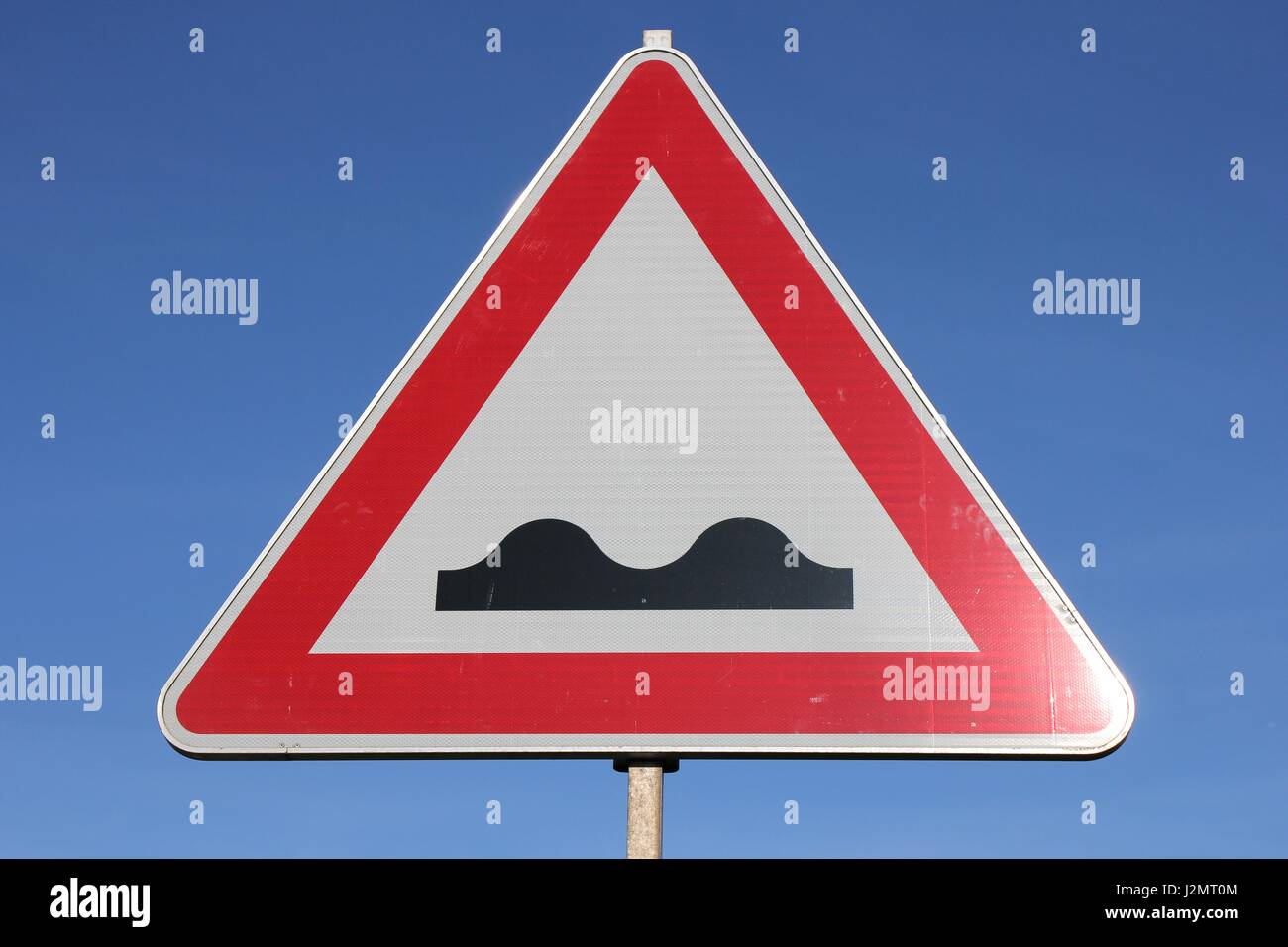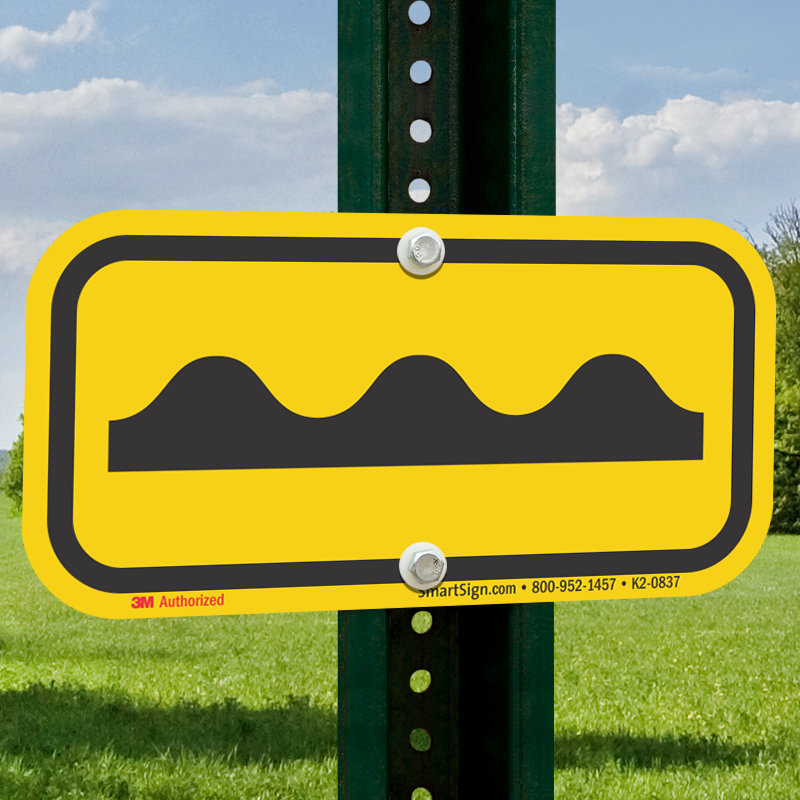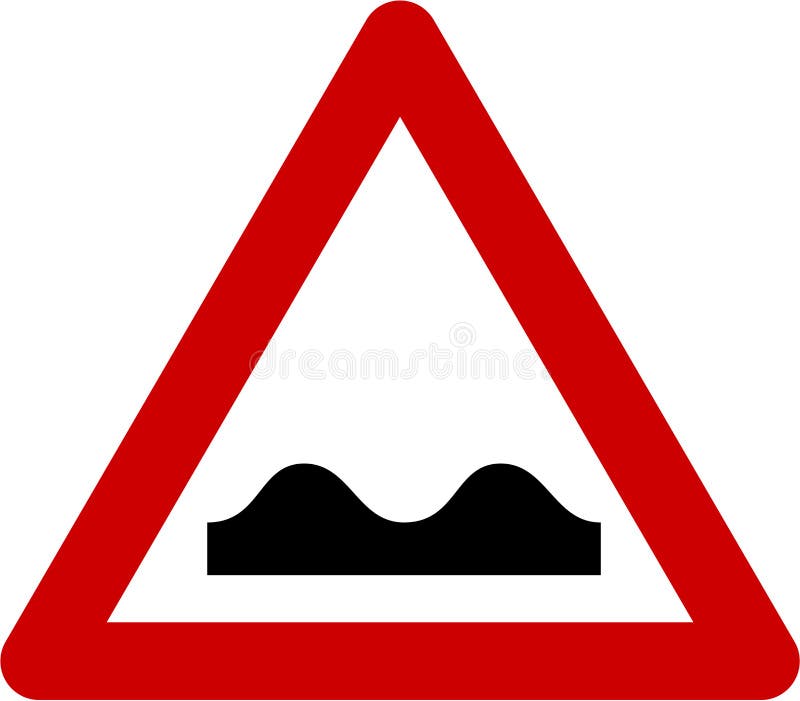
However, there is a lack of common terminology across these fields. At the largest scales, geologists seek to map 3D surface structures over hundreds of meters (while still aiming for resolution in the millimeter–centimeter range) ( Chorley, 2019). At the smallest scales, the field of tribology, which is the study of surfaces in contact, focuses on microscopic, nanometer-scale surface structures ( Bhushan, 2000). Accordingly, scientists from many different disciplines have sought to quantify roughness over the years.

The 3D shape of natural surfaces can exhibit features across a huge range of length scales, from micrometer and nanometer asperities up to multi-meter length protrusions and crevasses. With an ever-growing list of recent studies in comparative biomechanics that examine locomotion on rough substrates ( Fig. 1B Table S1), there is a need to review common concepts and standardize experimental approaches, terminology, and outlook ( Cruse, 1976 Watson et al., 2002a, b Blaesing and Cruse, 2004 Daley and Biewener, 2006 Daley et al., 2006 Kohlsdorf and Biewener, 2006 Spagna et al., 2007 Endlein and Federle, 2008 Sponberg and Full, 2008 Harley et al., 2009 Perrot et al., 2011 Birn-Jeffery and Daley, 2012 Libby et al., 2012 Tucker and Mcbrayer, 2012 Olberding et al., 2012 Kress and Egelhaaf, 2012 Ritzmann et al., 2012 Sato et al., 2012 Collins et al., 2013 Theunissen and Dürr, 2013 Theunissen et al., 2014 Birn-Jeffery et al., 2014 Li et al., 2015 Parker and McBrayer, 2016 Yanoviak et al., 2017 Gart et al., 2018 Gart and Li, 2018 Stark and Yanoviak, 2020 Clifton et al., 2020a, b Othayoth et al., 2020 Han et al., 2021 Othayoth et al., 2021 Wang et al., 2022 Othayoth et al., 2022 Green et al., 2022). To understand locomotion in natural contexts, it is imperative to consider how roughness impacts locomotion biomechanics.

While there may not be a single universal example of roughness in nature, one thing is almost always true: substrates over which animals walk are not strictly flat. The ground underfoot exhibits massive complexity, from micro-scale roughness that can affect claw and adhesive engagement, to macro-scale roughness that influences where feet are placed or how animals navigate ( Fig. 1A). This framework can be applied across terrain and body scales, facilitating direct comparisons of walking over rough surfaces in animals ranging in size from ants to elephants. This Review summarizes existing literature that examines non-human animals walking on rough terrain and presents a metric for characterizing the relative substrate roughness compared with animal size.

As more researchers endeavor to assess walking over rough terrain, we lack a consistent approach to quantifying roughness and contextualizing these findings.
#Bumpy road ahead sign portable#
However, recent technical advances, such as more sensitive and portable cameras, biologgers, laboratory tools to fabricate rough terrain, as well as the ability to efficiently store and analyze large variable datasets, have expanded the opportunity to study how animals move under naturalistic conditions. Historically, the unpredictability and variability of natural environments has limited the ability to collect data on animal walking biomechanics.

For walking animals (which we define as encompassing any form of legged movement across the ground, such as walking, running, galloping, etc.), such substrate ‘roughness’ influences locomotion in a multitude of ways across scales, from roughness that influences how each toe or foot contacts the ground, to larger obstacles that animals must move over or navigate around. Instead, natural substrates are uneven surfaces with height variation that ranges from the microscopic scale to the macroscopic scale. Outside laboratory conditions and human-made structures, animals rarely encounter flat surfaces.


 0 kommentar(er)
0 kommentar(er)
